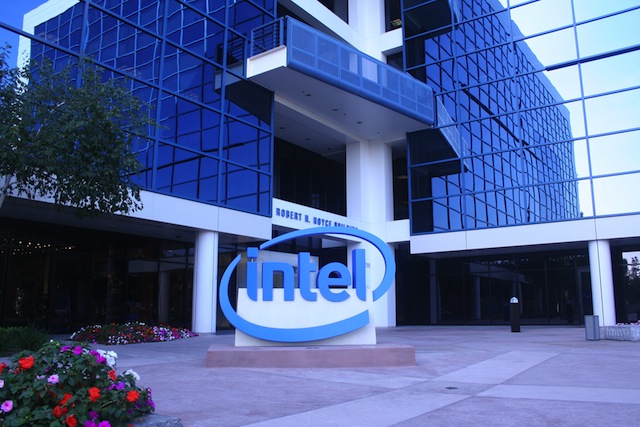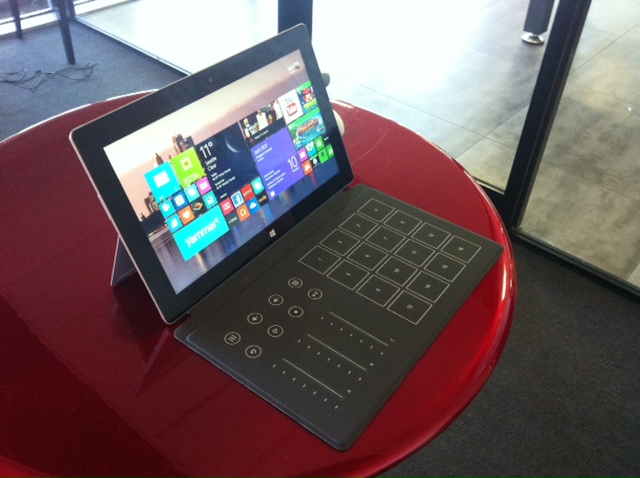The annual MYOB Business Monitor was released earlier this week with the depressing news that half of the Australian businesses surveyed didn’t have a basic website.
MYOB’s survey reinforced the finding of PayPal’s Digital Literacy Report a week earlier that found only 34% of Australian small businesses list their contact details online.
This is madness – over a decade ago consumers moved online and now with the mobile internet any business without a website is almost invisible in the marketplace.
What is really dispiriting about these reports is that listing with the various online services and setting up a website is not hard, at worst it should take half a day for a simple site and to complete Google Places, Facebook and Yellow Pages listings.
The easiest way to create a website is to setup a free Blogger page, it takes about twenty minutes and is more than adequate if you just need a site that lists your services, location, contact details and phone number.
While Blogger is good for the basics, it does run the risk of locking a growing business into Google’s walled garden which is why WordPress is the better alternative for more advanced companies or proprietors.
Most readers of this site already know how important an online presence is for any organisation, but it’s almost certain that everyone knows a business owner who doesn’t have a website.
If one of those business owners is someone close to you, then the best thing you can do for them is to sit down with them and setup their basic online presence.
Unless you think it’s time they went out of business. In which case you won’t have to wait long.





